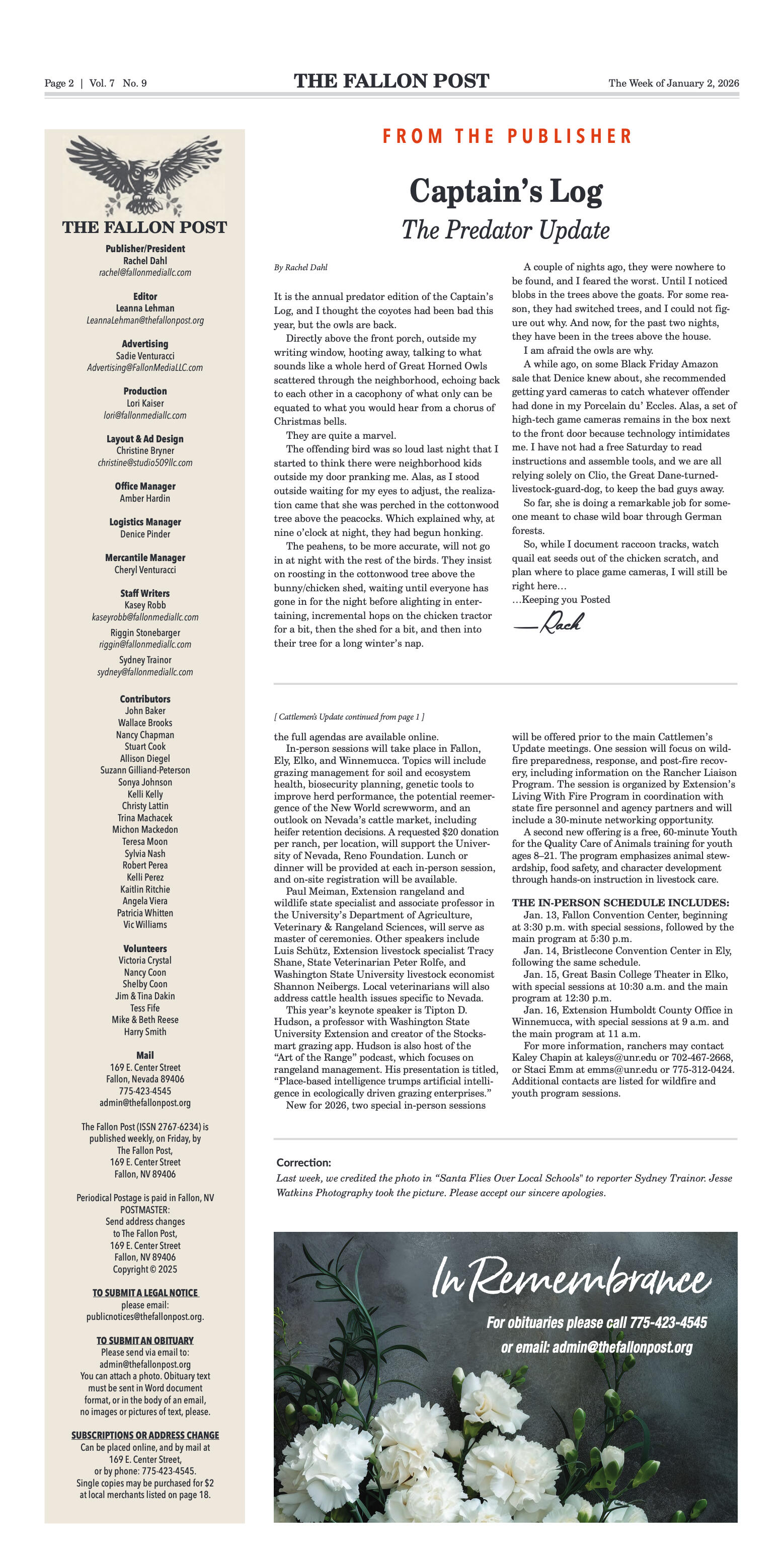To achieve any of your financial objectives, you need to save and invest – that much is clear. But just how you save and invest may differ from goal to goal. Let’s look at two common goals to see the differences in your savings and investment strategies. The first goal we’ll consider is a dream vacation – one lasting a couple of weeks or more, possibly to an exotic locale. So, for the investments you’ve designated to fund this vacation, you need two key attributes: liquidity and low risk. The liquidity requirement is pretty self-explanatory – you want to be able to get to your vacation funds exactly when you need them, and you don’t want to be slapped with some type of early withdrawal or tax penalty. The low-risk part of your vacation strategy means you want investments that won’t drop in value just when you need to sell them to use the proceeds for your trip. However, you need to be aware that those types of stable-value investment vehicles likely will not offer much growth potential. As you may know, the investments with the greatest possible rewards are also those that carry the highest degrees of risk. Yet, by starting to invest early enough in more conservative investments, and putting away money regularly, you may be able to compensate for the lack of growth opportunities. Now, let’s turn to your other goal – retirement. When you are saving for retirement, your primary objective is pretty simple: to accumulate as much money as you can. Consequently, you will need a reasonable percentage of your portfolio devoted to growth-oriented investments. But what’s a reasonable percentage? There’s no one-size-fits-all solution – the amount of growth investments in your portfolio should be based on several factors, including your age, risk tolerance and projected retirement lifestyle. Furthermore, this percentage may need to change over time. When you’re just starting out in your career, you may be able to afford to take on the greater risk that comes with having a higher percentage of your portfolio in growth investments. But as you get closer to retirement, you might want to begin shifting some dollars toward more conservative vehicles – you don’t want to be over-exposed to the volatility of the financial markets just when you need to start selling investments to help fund your retirement. Nonetheless, you won’t want to give up all growth investments, even during your retirement years. You could spend two or three decades as a retiree, and over that time, inflation could take a big toll on your purchasing power. To counter this effect, you will need to own some investments that have the potential at least to equal, and ideally outpace, the cost of living. The examples of taking that extensive vacation and enjoying a long retirement illustrate the importance of recognizing that you will have many goals in life – and you’ll need to prioritize and plan for them, sometimes following significantly different investment strategies. When you do, you’ll give yourself a better chance of reaching your destinations. This article was written by Edward Jones for use by your local Edward Jones Financial Advisor. Read more local news on the home page of The Fallon Post, click HERE to return to the home page. Support your local, online news source by making a contribution 
Vacation and Retirement: Different goals Require Different Investment Strategies
- 05/29/2019 11:16 AM (update 04/11/2023 01:44 AM)










































Comment
Comments